Charghat, Oct 29 (V7N) – Once celebrated as the heart of khoya (Areca nut) production in Bangladesh, Charghat’s khoya industry is struggling to survive, losing its historical prominence. Known for its sweet taste, natural color, medicinal properties, and chemical-free production, Charghat khoya was highly valued across the country. However, over the years, this traditional industry has been facing multiple challenges.
The khoya industry in Charghat began in 1947 under Munshi Nurul Haque. During the 1950s, skilled artisans from Bihar, India, enriched the industry with advanced techniques and expertise. At its peak, Charghat khoya was exported to Lahore, Karachi, and other cities of then West Pakistan. The 1960s to 1980s marked the golden era of the industry, with locals recalling that one-fourth of the village population relied on khoya production for their livelihoods.
The production of khoya depends on the khoya tree. First, the bark is stripped and processed to extract sap. The sap is then boiled in clay pots over a specially designed stove until it thickens. The thickened product is later shaped into blocks or square pieces using traditional pressing methods and dried over two to three months to form the final khoya.
According to local traders, Charghat once had over 100 khoya factories, but now only 8–10 remain operational. The decline is due to several factors, including the scarcity of khoya trees, rising raw material costs, outdated production methods, competition from imported khoya, middlemen exploitation, delays in receiving payments, and lack of government support.
Local businessman Abbas Ali Sheikh said, “Charghat khoya used to be sold nationwide. Now, finding khoya trees is extremely difficult. I am trying to maintain my father’s legacy, but the business is no longer sustainable.” Another producer, Abdul Halim, added, “In the past, investing one lakh taka would yield double profits. Now, even investing three times as much does not guarantee profit. Many businesses are burdened with debt.”
Ashraf, another khoya producer, said, “Rising production costs, raw material shortages, and cheap imported khoya, particularly from Indonesia, are forcing many factories to close. Some manufacturers are selling their products using personal funds due to declining demand, highlighting the lack of government assistance.”
Enamul Haque, a member of the local producers’ association, emphasized, “The khoya industry requires government intervention, including loans, training, and marketing support, to survive. Low-interest bank loans and assistance in khoya tree cultivation are crucial for revival.”
Currently, one maund of red khoya sells for Tk 12,000–15,000, while dried square khoya is priced around Tk 30,000. Despite competition from imported khoya, Charghat’s khoya is still considered superior in quality.
Abdul Razzak, General Secretary of the Charghat Khoya Market Traders’ Association, stated, “Without government support, this industry cannot survive. Projects to cultivate khoya trees are urgently needed.”
Abdul Mukim, Upazila Cooperative Officer, noted that although the Khoya Producers’ Factory Association is registered as a cooperative, it is currently inactive and lacks financial support. He added that discussions with higher authorities are planned to address these issues. Mahbubur Rahman from the Forest Department said that approximately 10,000 khoya trees are planted each year, and the shortage is expected to ease over the next decade.
Preserving Charghat’s traditional khoya industry is vital not only for the local economy but also for maintaining a unique cultural and culinary heritage of Bangladesh.
END/MRA/SMA/



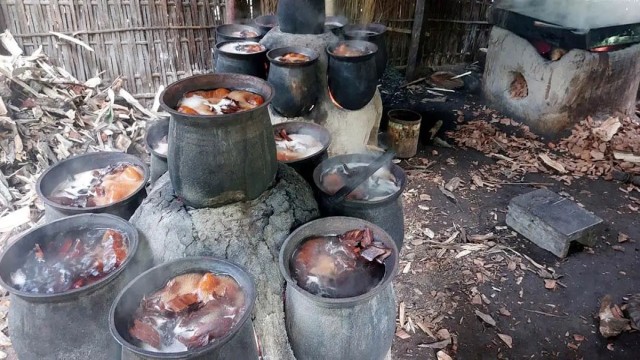
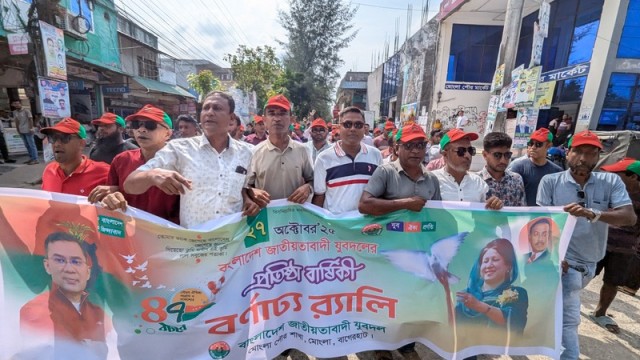
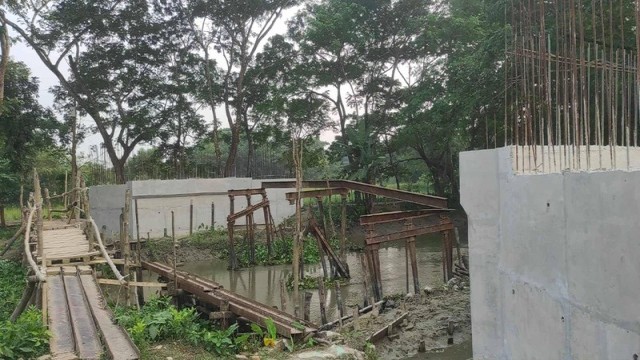
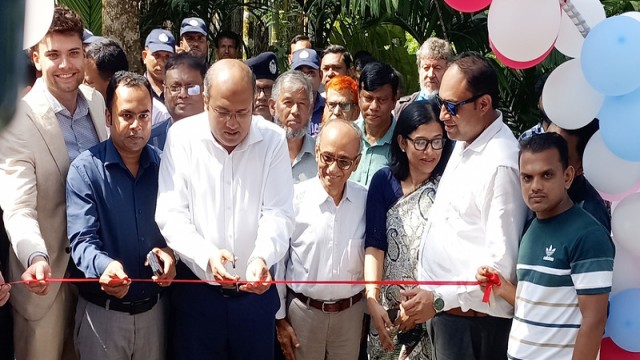
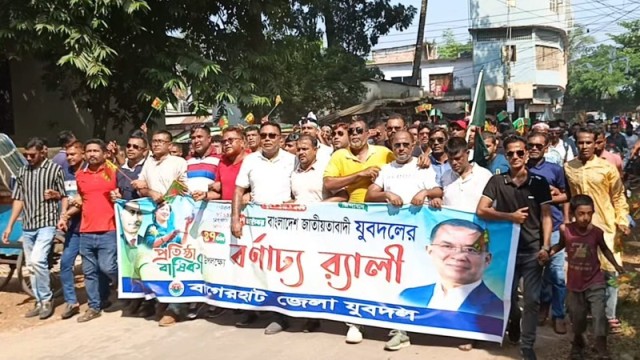
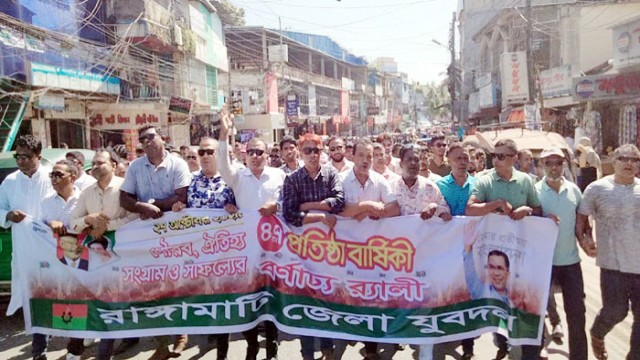

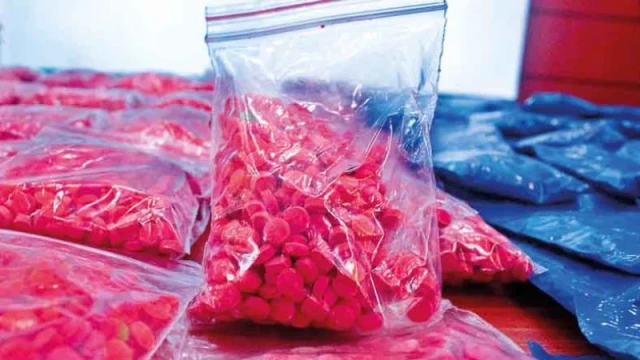


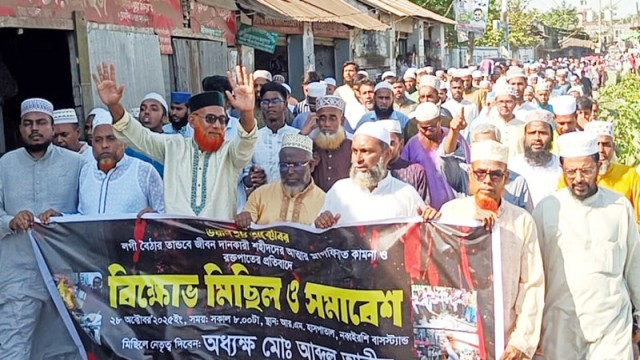
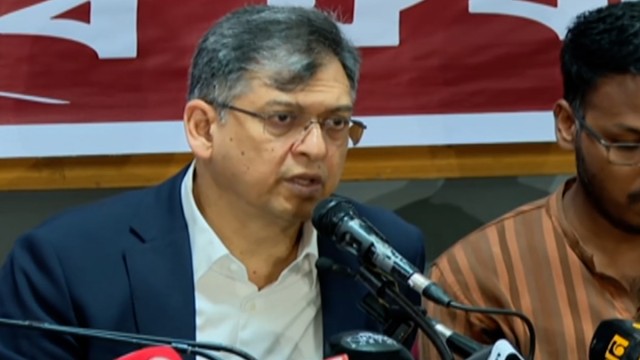
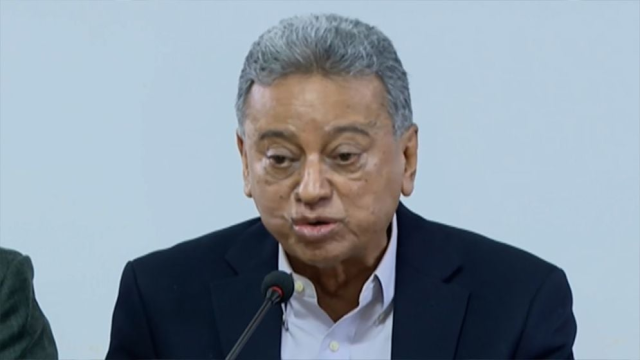
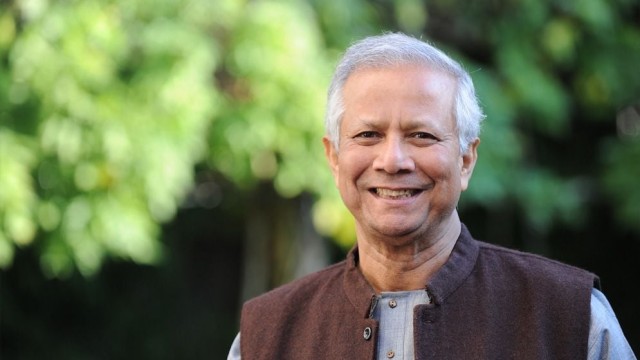
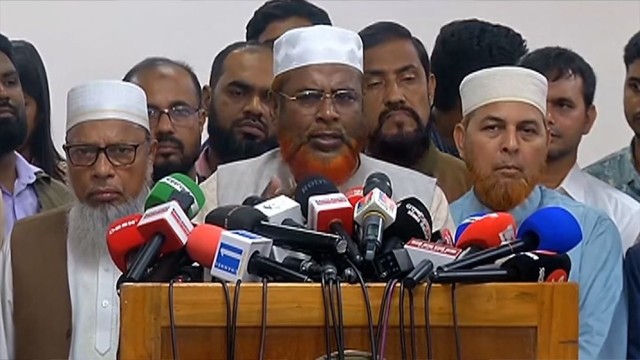


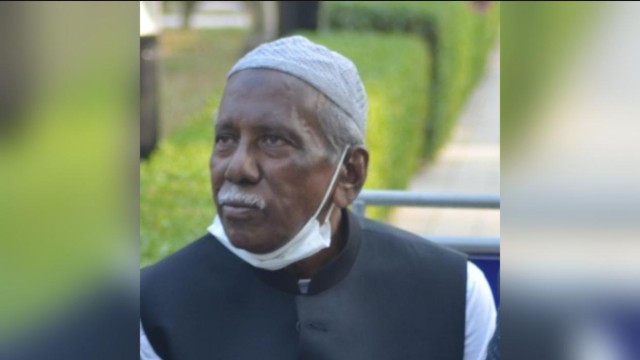




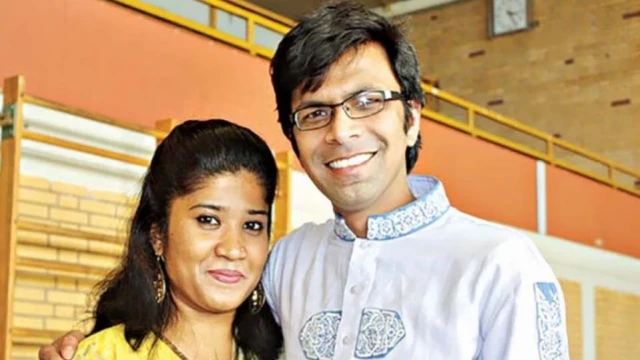
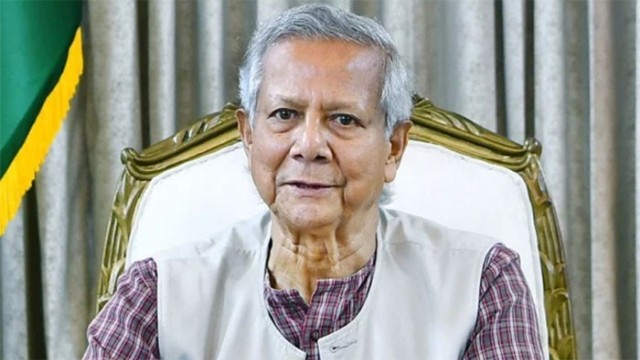


Comment: